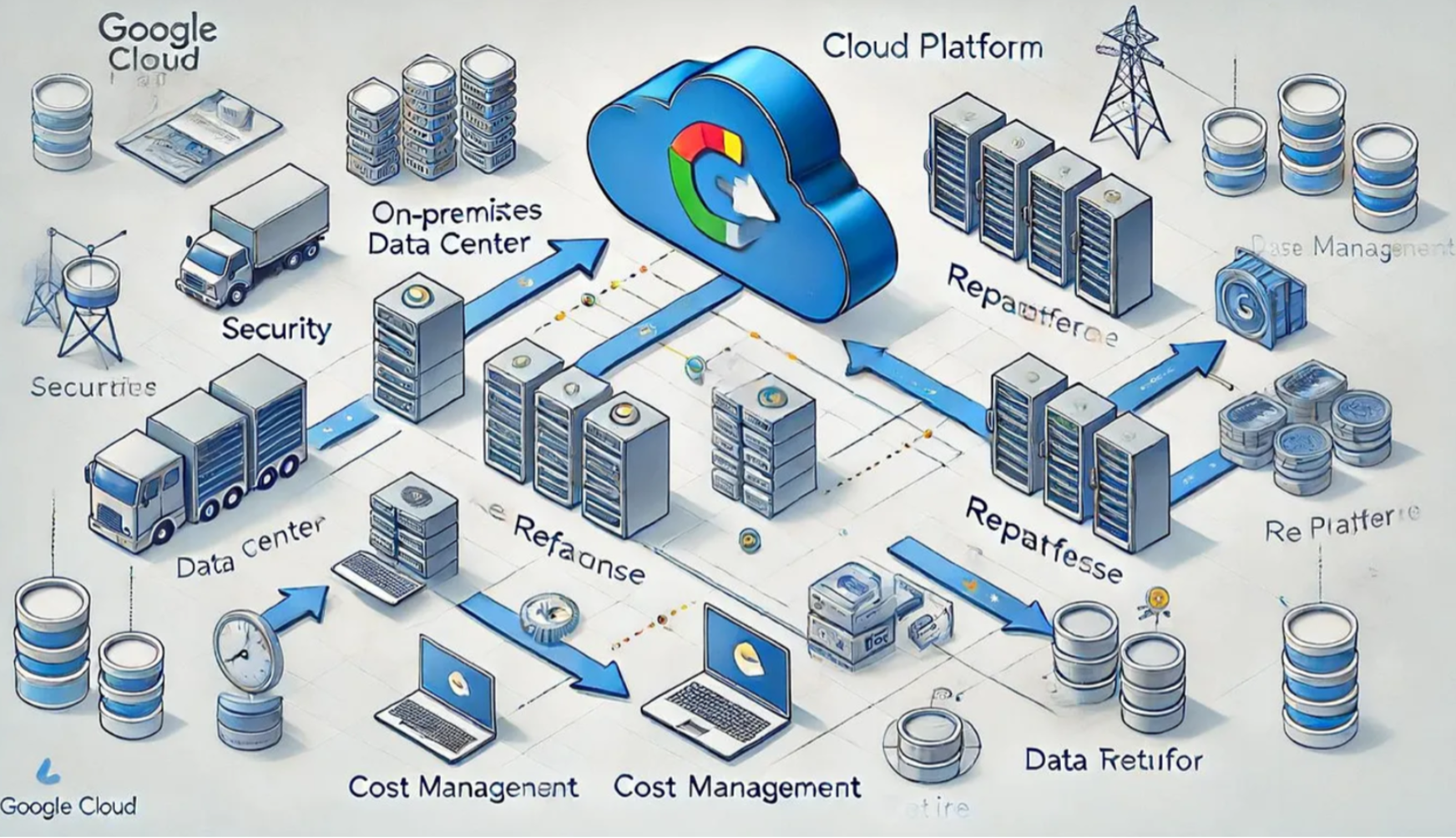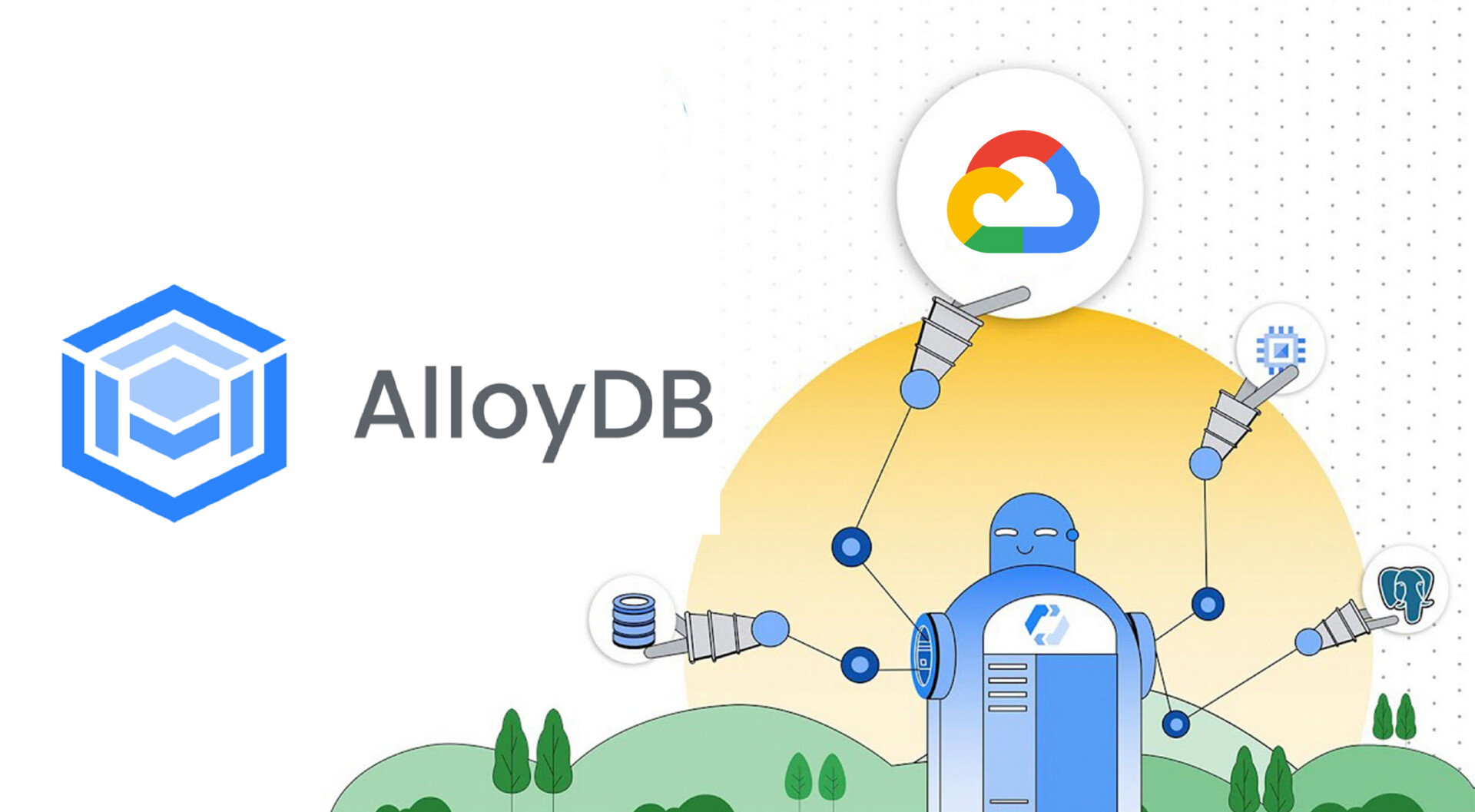The move to cloud environments holds enormous potential for businesses seeking scalability, agility and affordability. However, moving large amounts of data to the cloud presents significant challenges. Traditional data migration methods struggle to cope with the complexities of data heterogeneity, security concerns, minimizing downtime and cost optimization. Artificial Intelligence (AI) and Machine Learning (ML) are emerging as transformative solutions to streamline and optimize data migration to the cloud, offering improved efficiency, security and cost-effectiveness. This paper provides a comprehensive guide to overcome common data migration obstacles by covering techniques, tools and best practices related to AI and ML-powered data migration.
Challenges in Data Migration to the Cloud
Migrating data to the cloud involves transferring vast amounts of data from existing systems to a cloud environment. Even minor errors or inconsistencies can have severe consequences for data quality, business operations, and decision-making processes.
- Data Heterogeneity: Organizations often store data in diverse formats and structures across various on-premise systems, creating complexity in data migration.
- Data Quality Issues: Redundancy, inconsistencies, and anomalies in the source data can significantly impact the accuracy and reliability of migrated data, hindering business operations and analysis.
- Data Security Concerns: Moving sensitive data to the cloud raises security concerns regarding data breaches, compliance violations, and regulatory fines. Organizations need to ensure robust data protection measures during transit and storage in the cloud.
- Downtime Minimization: Minimizing downtime during data migration is crucial to maintain business continuity. Efficient data transfer methods, robust rollback strategies, and thorough testing are essential to ensure a smooth transition.
- Cost Optimization: The cost of cloud migration can vary significantly depending on factors such as data volume, transfer methods, and cloud service pricing models. Organizations need to optimize data transfer strategies and resource allocation to control costs effectively.
Leveraging AI and ML to Overcome Data Migration Challenges
AI and ML offer a range of techniques to address these data migration challenges, enabling a more efficient, secure, and cost-effective transition to the cloud.
- Data Classification for Targeted Migration: Supervised learning algorithms can automatically classify data based on predefined criteria, facilitating a targeted migration strategy. Prioritizing critical data and migrating less sensitive data in batches optimizes resource allocation and reduces downtime.
- Data Transformation for Enhanced Quality: Unsupervised learning algorithms can identify and address data quality issues such as anomalies, inconsistencies, and redundancies. Automating data cleansing processes ensures data integrity and improves the quality of migrated data.
- AI-Powered Data Governance for Security and Compliance: AI and ML can strengthen data governance practices during cloud migration, ensuring compliance with industry regulations and enhancing data security.
- Anomaly detection algorithms can proactively identify potential security vulnerabilities during data transfer, allowing organizations to take timely corrective actions.
- AI-powered tools can automate data access control and authorization mechanisms, ensuring only authorized users have access to sensitive information in the cloud environment.
- Optimization Algorithms for Efficient Data Transfer: AI-based optimization algorithms, using reinforcement learning principles, can determine the most efficient data transfer methods based on bandwidth limitations, data volume, and cost considerations. Organizations can dynamically adjust data transfer strategies to minimize downtime and optimize cloud service utilization.
Tools and Technologies for AI and ML-Powered Data Migration
Several tools and technologies leverage data migration, automating and optimizing various aspects of the process.
- Google Cloud Migration Solutions: Google Cloud Platform (GCP) offer a suite of tools.
- GCP Migration Center: A unified platform that guides organizations through the entire migration process, including planning, execution, and optimization.
- Migrate to Virtual Machines: Designed to migrate physical servers and virtual machines from on-premise and cloud environments to GCP.
- Storage Transfer Service: Enables data transfer to Google Cloud Storage from various sources, including other cloud providers, online resources, or local data.
- Database Migration Service: Facilitates migrating databases to GCP with minimal downtime.
- Transfer Appliance: A hardware appliance for migrating large volumes of data (hundreds of terabytes to one petabyte) to GCP without disrupting business operations.
- BigQuery Data Transfer Service: Specifically designed for migrating data warehouses to BigQuery.
2. Third-Party Solutions: Specialized vendors offer comprehensive migration tools, often with features tailored to specific industries or data types. These solutions complement cloud provider offerings, providing additional capabilities and customization options.
Best Practices for AI and ML-Powered Data Migration
Implementing AI and ML effectively for data migration requires careful planning and adherence to best practices.
- Define Clear Migration Goals and Objectives: Establish specific and measurable goals for the migration process, aligning AI and ML strategies with business objectives. Define key performance indicators to track progress and assess the effectiveness of the migration.
- Thorough Data Assessment and Discovery: Conduct a comprehensive assessment of the source data, identifying data types, formats, dependencies, and potential quality issues. This thorough analysis is essential for selecting appropriate AI and ML techniques and tools.
- Develop a Phased Migration Approach: Break down the migration process into smaller, manageable phases, prioritizing critical data and applications for initial migration. A phased approach allows for testing and validation of AI and ML solutions, reducing risks and minimizing downtime.
- Prioritize Security and Compliance: Implement robust security measures throughout the migration process, ensuring data encryption in transit and at rest, secure access control mechanisms, and compliance with relevant data privacy regulations. Leverage AI-powered tools to automate security monitoring and threat detection.
- Invest in Staff Training and Expertise: Ensure your team has the necessary skills and knowledge to work with AI and ML tools and techniques. Training existing staff or hiring experienced professionals can bridge skill gaps and empower organizations to effectively manage the complexities of AI and ML-powered data migration.
- Continuously Monitor and Optimize: Monitor the migration process closely, tracking key performance indicators and addressing any issues promptly. Leverage AI-powered analytics to gain insights into data migration patterns and identify areas for optimization, such as improving data transfer speeds or optimizing resource utilization.
Conclusion
AI and ML are transforming data migration to the cloud, enabling organizations to overcome traditional challenges and unlock the full potential of cloud environments. By leveraging AI and ML techniques, organizations can automate data classification and transformation, enhance data security and governance, optimize data transfer processes, and gain valuable insights for continuous improvement. Embracing AI and ML for data migration empowers organizations to migrate their data securely, efficiently, and cost-effectively, paving the way for a successful and transformative cloud journey.
Sources: https://cloud.google.com/architecture/migration-to-gcp-getting-started
https://cloud.google.com/migration-center/docs/migration-center-overview







